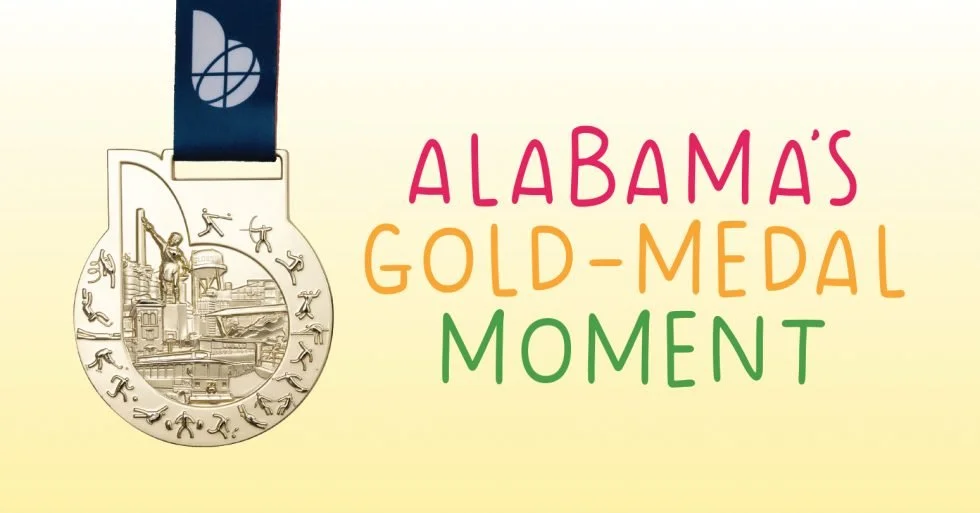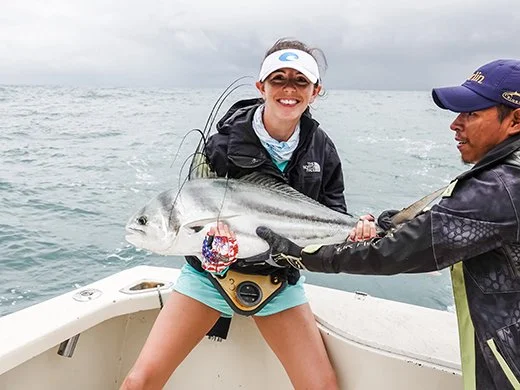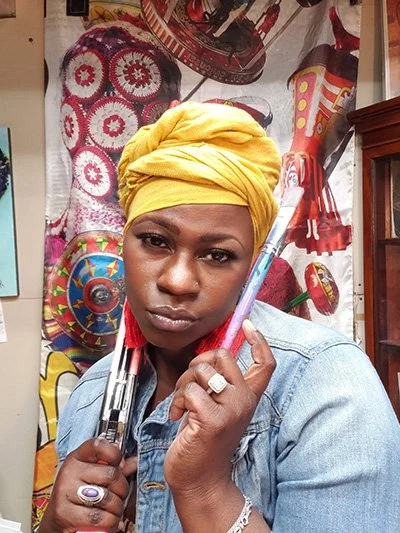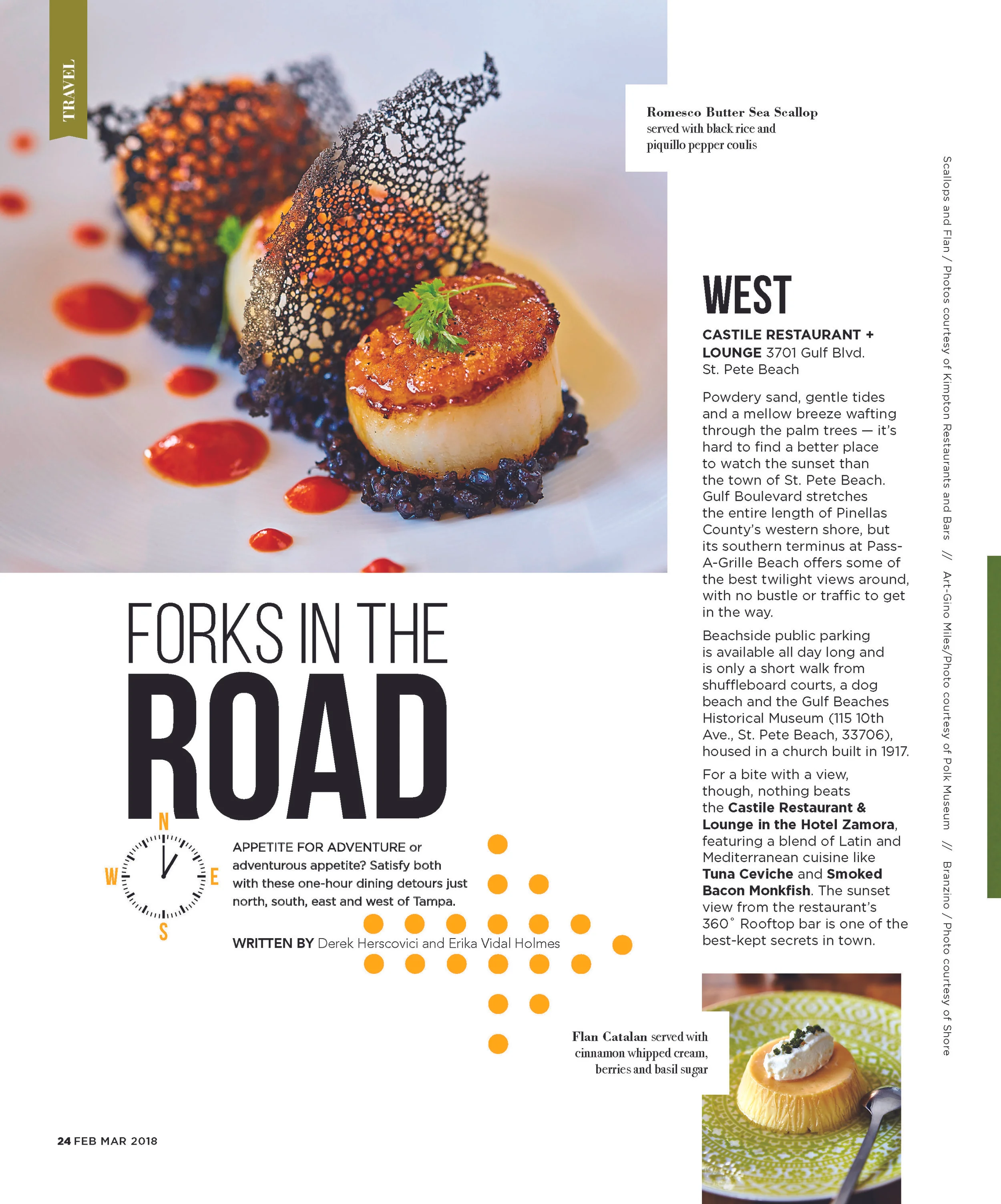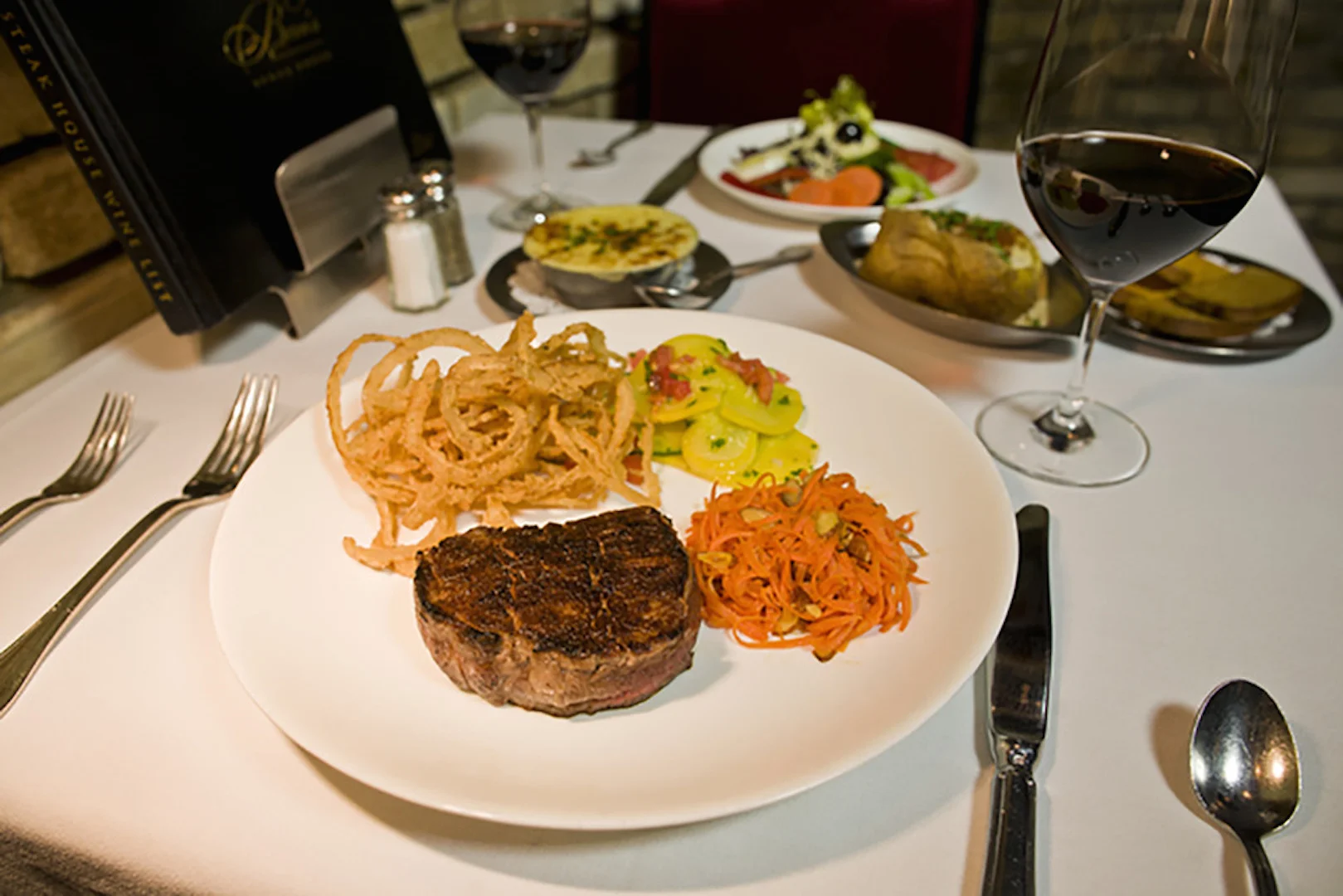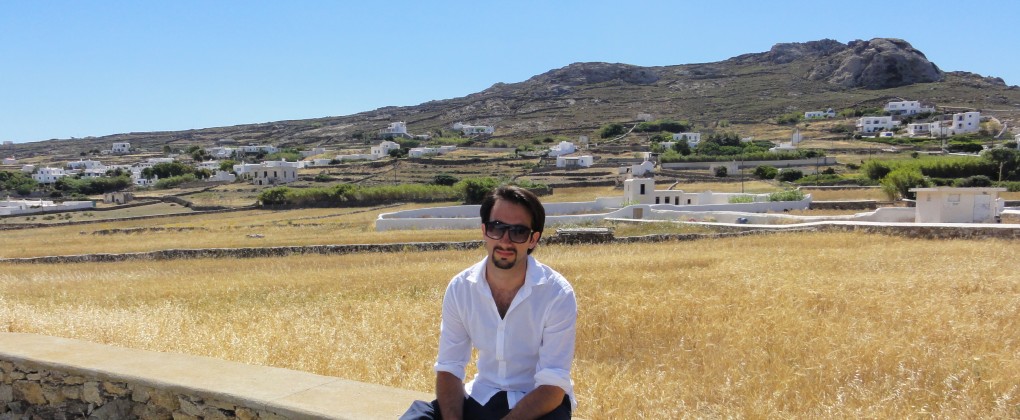
FEATURES
They say only write what you know. They also say you don't truly know something until you can explain it to someone else. These two ideas are central to how I assemble my research, conduct my interviews and assemble the story for my readers. Without fail, I get extremely passionate about the subjects I write about, but I've learned to direct that passion so, hopefully, the writing reflects that.
AUBURN Magazine
As Assistant Editor of Auburn Magazine, I had the endless thrill of interviewing people who all share a very distinct bond with myself: we're all Auburn people. An old school that breeds a certain type of practical, roll-up-your-sleeves type of people, members of the "Auburn Family" are scattered throughout the world in every field and industry. Humble to a fault, the hardest part is finding these fascinating Auburn people, but once we sit down to interview I am always amazed at the various twists and turns their lives and careers take after graduation. As diverse as graduates and alumni are, their shared origins at Auburn unite people in ways that are difficult to describe; one only needs to step on campus on a Fall Saturday during a home football game to see how much it means to them.
TAMPA Magazine
Florida—and more specifically, my hometown of Tampa—occupy a place in my heart and in my mind that only thickens the more I learn about it. Through TAMPA Magazine, a publication I joined while still in its infancy, I was able to explore my homeland through its history and its sensory details. This latter part, in particular, came just as Tampa exploded (extreme emphasis) as a gastronomical and oenological paradise. Whatever your views on "Foodie" culture are, Tampa has it in spades and I have the enviable task of trying to stay on top of it all despite new restaurants, bars and snack spots opening up around town. I love writing about Tampa almost as I love the city itself and constantly look for story ideas that other Tampanians (yes, we call ourselves that) would find helpful, enlightening, thought-provoking or at least solve the nightly crises of where to get dinner. My job didn't get any easier when we expanded to include all of Tampa Bay, from the Gulf to the interior of Central Florida, but I wouldn't have it any other way.
Good Grit Magazine
In the Fall of 2015 I contributed several features to the Birmingham-based Good Grit Magazine, my first actual paid and printed magazine work. While working on these assignments — particularly "From the Jailhouse to the Jukebox," about the Alan Lomax Blues Collection — I really learned to appreciate the complex history and heritage of the American South. At the same time I was able to write about the great things that are cropping up as a result of the "New South," from restaurants and farmer's markets to eco-tourism and dog-friendly dining options.
*Note: this listing is still being completed and will be updated as PDFs of the features are received
Deep South Magazine
Working for Deep South Magazine was my first real journalistic work after college — done while I was working two other, non-writing jobs — and as proud as I am of what I accomplished, I know my writing has come a long way since then. Still, I had a lot of fun finding unusual Southern things to write about, like awesome-yet-cheesy horror movies, my favorite Tampa neighborhood of Ybor City and an interview with my favorite living author Tim Dorsey. I got to take all my own photos, which was fun, if challenging. It's the story "Dining at the Crossroads of History," though, that I think holds up the best. I found the place on a chance drive to Miami and immediately knew I had to do a story on it — it's one of those places that no one knows about until you find it, but it needs to be shared with others. That's sort of the mentality I carry with me always.
If you take Highway 60 southeast, passing through first Bartow and then Lake Wales, you will enter the wild, almost endless marshes of South-Central Florida. Keep driving a bit further and you’ll find yourself at the only intersection for miles in every direction, a two-lane crossroad that geographically is both the center of everything and also the epicenter of nothing.
Its name is Yeehaw Junction and it has been the lonely home of the Desert Inn and Restaurant for more than 100 years, luring wayward travelers and curious tourists like a desert oasis that serves beer and hamburgers.
A carful of teenagers from out of town find themselves stranded in a rural town somewhere south of Dixie just before nightfall. The townspeople welcome them, eager to share their native traditions and rituals, complete with Confederate flags and “yeehaws.” When the teens feel uneasy and try to leave, the town becomes a veritable nightmare.
There are two versions of Florida. One consists of picturesque sunsets, sugar-sanded beaches, theme parks and tranquil suburban retirement promulgated by tourism bureaus and commercial advertisers.
The other is a near-apocalyptic mix of savage wildlife, ruthless grifters, con artists, disastrous weather and more historical trivia per square mile than you can wave a .44 magnum at.
Nestled on the eastern shore of Tampa Bay in central Florida is the nation’s oldest Cuban-American community.
After more than 50 years of political animosity, economic interference and cultural estrangement, Cuba and the United States have finally reestablished diplomatic ties. This means unrestricted travel to Cuba is hopefully in our near future, but for those who want a taste of the island now, Ybor City has the cigars, food and architecture on what is literally designated as Cuban soil.
In 1539, Spanish conquistador Hernando De Soto thought he had struck gold. Arriving on the shores of what is now Old Tampa Bay, the explorer found what he thought was the legendary Fountain of Youth, a series of five nearby mineral springs. Though native Tocobaga Indian mounds close by suggest that the spring waters at the north end of Tampa Bay have been inhabited by one group or another for thousands of years, De Soto believed that he was the first to “discover” them. He could not even believe that his adventurous, rambling predecessor, Ponce De Leon, the Fountain Story’s most emphatic believer, did not find it. On his way to further exploring the American Southeast, De Soto named the area Espiritu Santo Springs, or “Springs of the Holy Spirit.”
Few possessions seem to imbibe their previous owner’s personality more than used books. Habits, traits and wear can reveal a wealth of information about readers long after these books change hands.
It should come as no surprise, then, that Old Tampa Book Company — a repository of used and rare books spanning thousands of volumes downtown — should have its own story to tell.


















